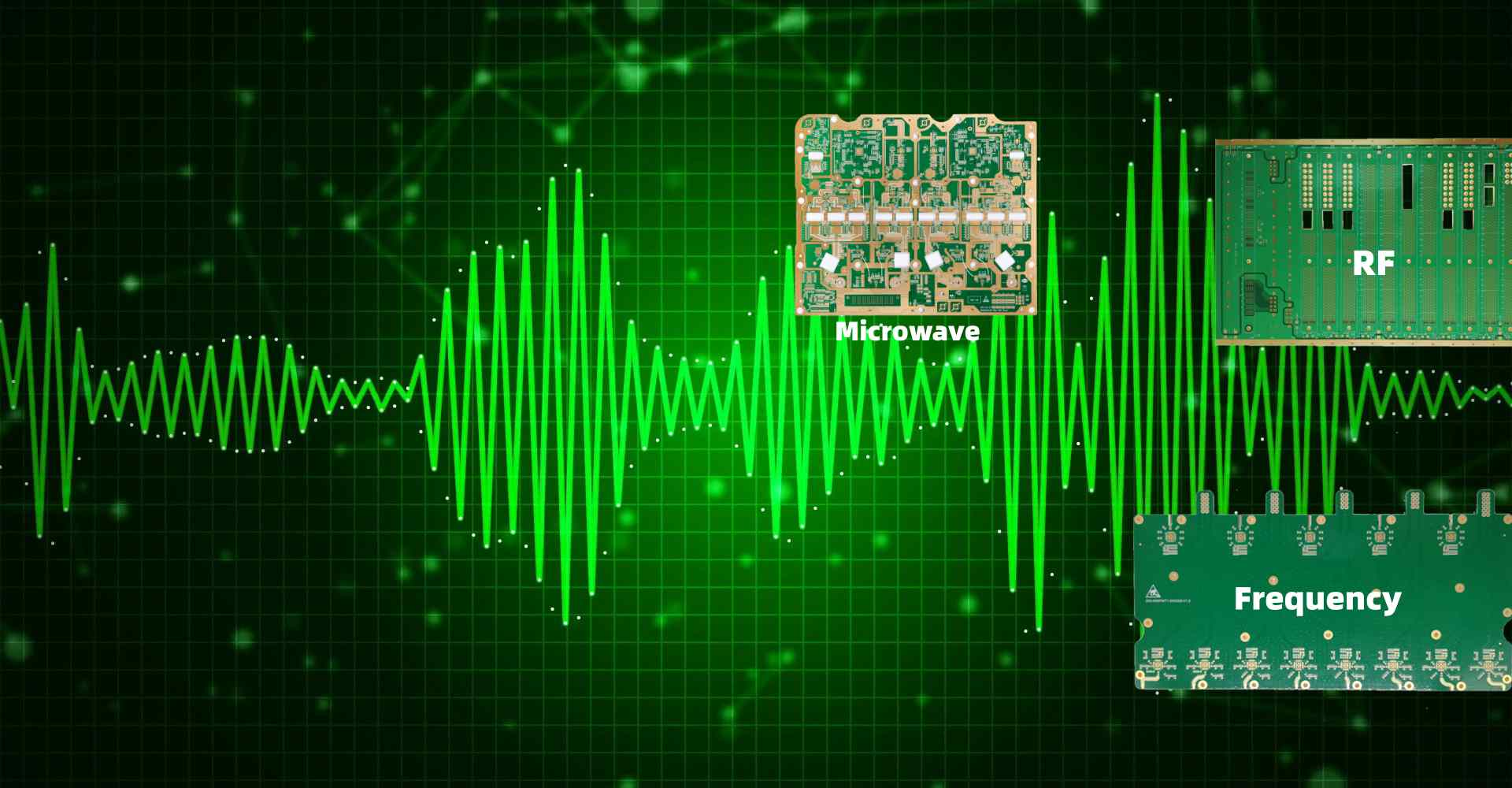Rogers Corporation’s curamik CoolPerformance product line offers innovative thermal management solutions for high power electronics. These ceramic substrate materials provide excellent thermal conductivity and electrical insulation properties that allow efficient cooling of components in electric vehicles, renewable energy, aerospace, and other demanding applications.
Thermal Management Challenges in Power Electronics
Power electronic systems such as inverters, converters, and chargers generate significant heat that must be dissipated to ensure reliable operation. Traditional thermal management approaches use metal heat sinks and fans. However, as power densities increase, these solutions are often inadequate to maintain junction temperatures within safe operating ranges.
Limitations of Conventional Cooling Methods
- Heat sinks add weight and volume
- Fans increase noise and energy consumption
- Liquid cooling has risk of leaks and corrosion
Benefits of Ceramic Substrates
- High thermal conductivity
- Electrically insulating
- Withstand high temperatures
- Lightweight and compact
Rogers curamik CoolPerformance Materials
Rogers curamik offers several families of ceramic substrate materials engineered for thermal management of high power electronics.
Aluminum Nitride Substrates
Aluminum nitride (AlN) has thermal conductivity nearly as high as copper or aluminum but with excellent electrical insulation. curamik AlN substrates are produced using a direct copper bonding (DCB) process resulting in a flat, void-free interface between the AlN and thick copper heat spreading layer.
Aluminum Oxynitride Substrates
Aluminum oxynitride (AlON) provides thermal conductivity similar to AlN but with improved mechanical strength. curamik AlON substrates use the DCB process and are well suited for high reliability applications.
DCB Substrates with Thick Copper
curamik DCB substrates are available with copper thicknesses up to 1.5mm for lateral heat spreading. The thick copper allows effective cooling over larger footprint areas.

CoolPerformance Design and Simulation Tools
To support thermal design using ceramic substrates, Rogers offers simulation tools and design expertise.
- Power Dissipation Calculator – Web-based tool to estimate maximum power capability
- Thermo-mechanical Simulator – FEA simulation of thermal and mechanical stress
- Application Engineering Support – Analysis and recommendations from thermal experts
Applications and Benefits
Rogers curamik CoolPerformance substrates provide significant advantages for cooling high power electronics:
- Electric Vehicles – Reliable battery charging and drive inverters
- Renewable Energy – Wind and solar power converters
- Aerospace – Compact and rugged power supplies
- Industrial – Drives, robotics, power supplies
Benefits include increased power density, smaller components, reduced system costs, and higher reliability.
Frequently Asked Questions
What is the maximum operating temperature range?
curamik ceramic substrates can operate at temperatures exceeding 400°C. The DCB copper layer allows efficient heat spreading at high temperatures.
How are these substrates fabricated?
curamik uses state-of-the-art processes including robotic tape casting and sintering to produce ceramic substrates with very high thermal conductivity.
Can other ceramics like SiC be used?
In addition to AlN and AlON, Rogers can produce DCB substrates with other ceramics such as silicon carbide based on application requirements.
What substrates offer the best thermal performance?
AlN generally provides the highest thermal conductivity. Thicker copper also improves lateral heat spreading.
Are the substrates electrically conductive?
The ceramic AlN and AlON are electrically insulating. The DCB copper layer is conductive and can be patterned to form circuit traces.

Leave a Reply